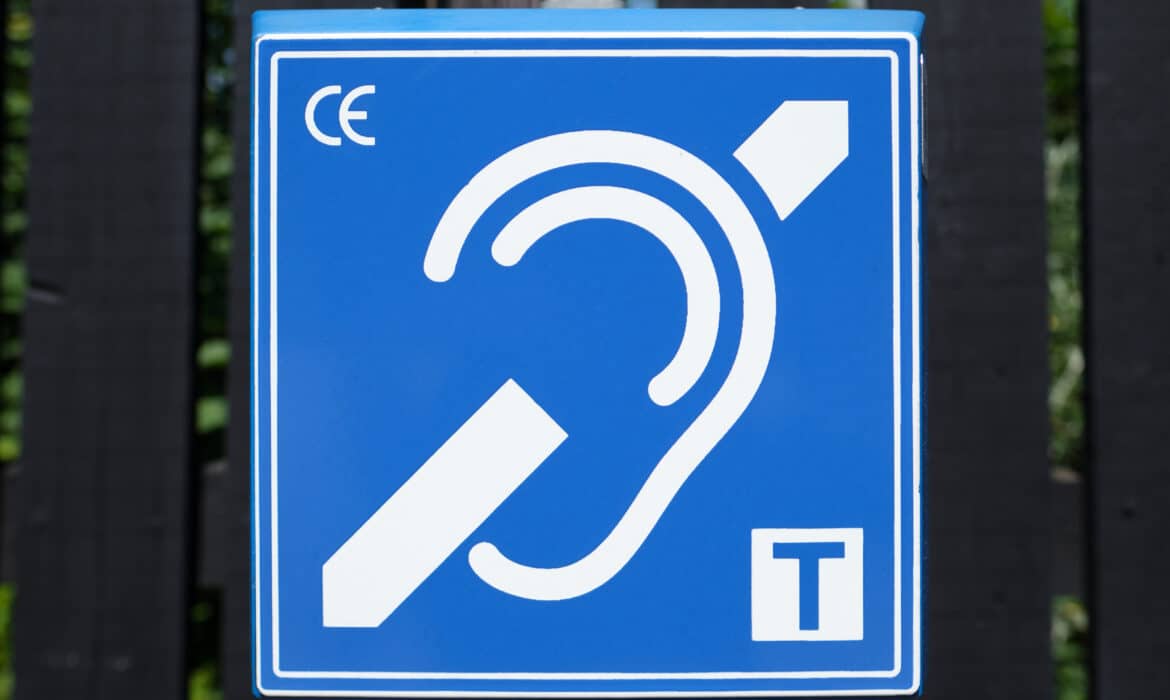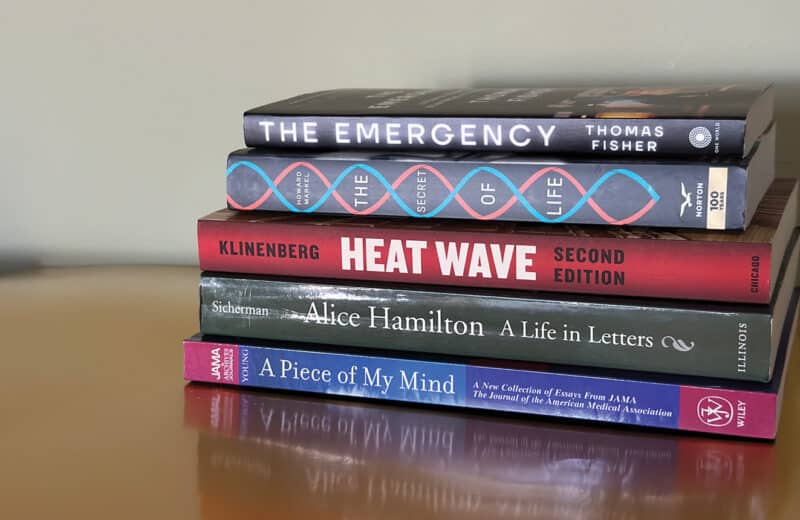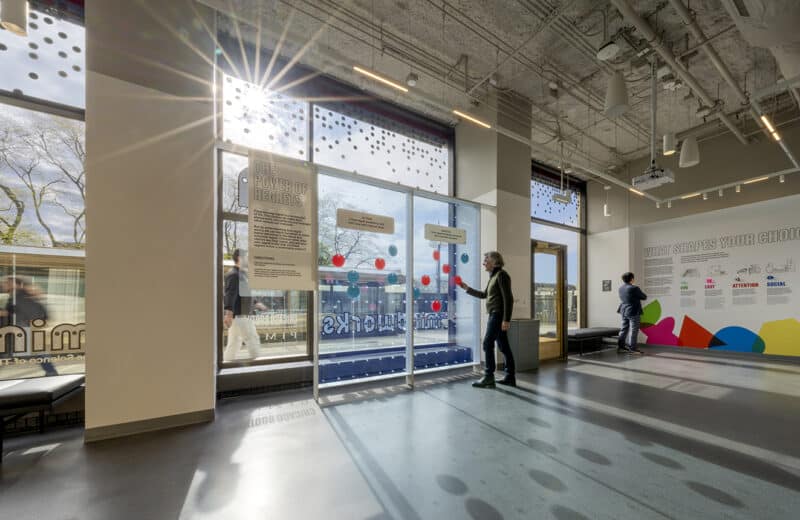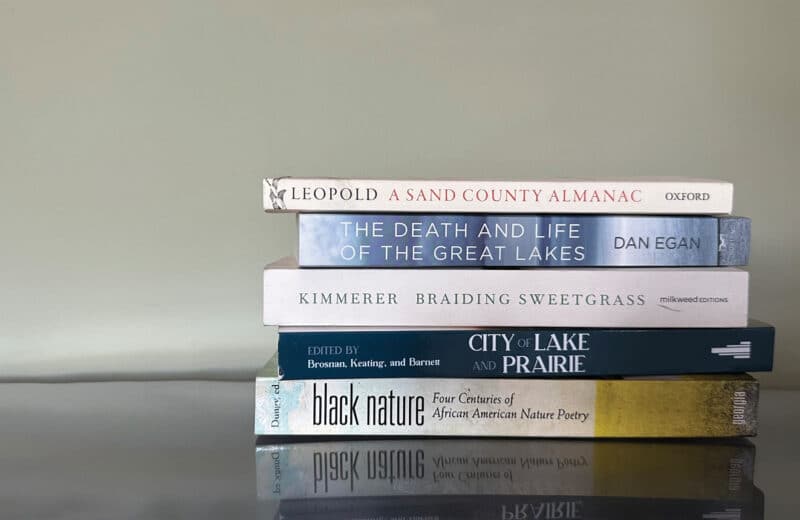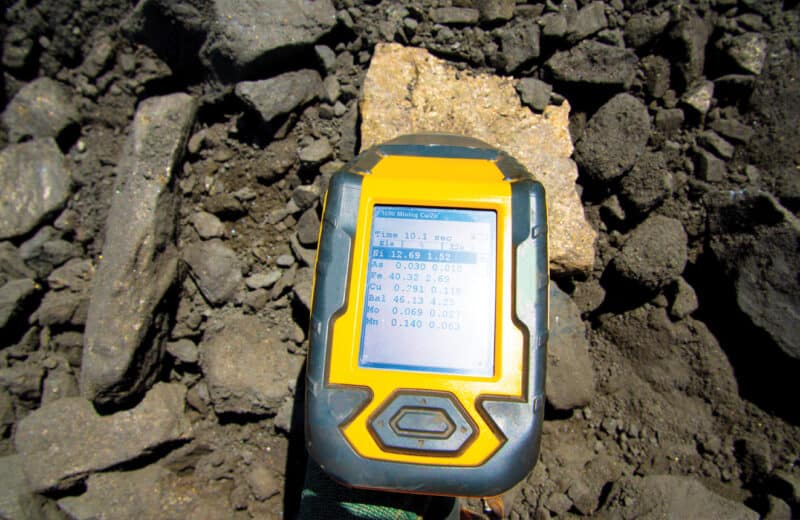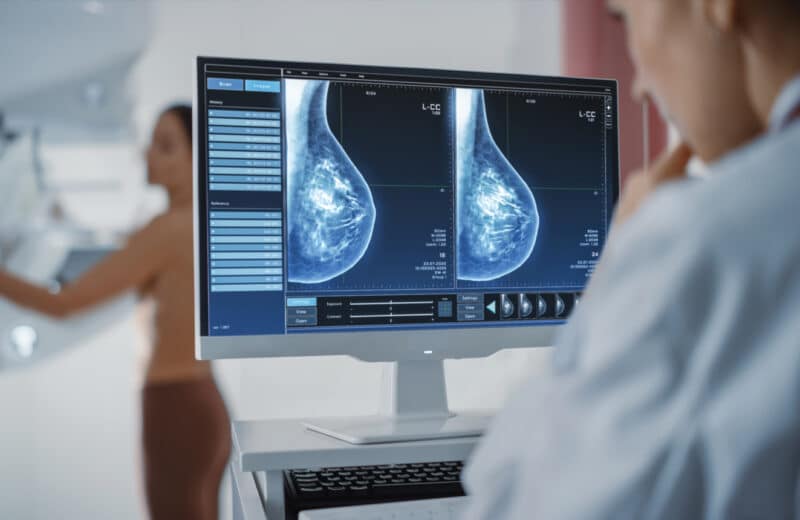Some technology goes unnoticed until you need it. That includes hearing loops, which make a big difference to people with hearing loss.
Hearing loops offer a way to connect people who use hearing aids or cochlear implants directly to a venue’s sound system. This enables the person to hear better, whether they’re paying at the grocery store, attending a religious sermon, or watching a play.
Juliette Sterkins, AuD, an audiologist and hearing loop advocate in Wisconsin, says that hearing loop technology, first developed in 1937, amplifies sound by using an electromagnetic field. Microphones or speakers emit the sound, and a concealed wire encompassing the area amplifies it to hearing aids.
“What hearing loss is really — it’s a loss of clarity,” Sterkins says. “But the loop will at least permit them to get the clearest sound possible.”
Apps and websites such as LoopFinder categorize looped facilities so people know where to find them. Venues include museums, universities, and libraries. In Chicago, the Goodman Theatre, Civic Opera House, Art Institute, and more are looped venues.
Installation costs vary depending on the size of the venue, amount of metal in the building, and effort required to hide the wire. For example, an information desk may cost $500 to loop, a conference room $4,500, and a stadium as much as $150,000. But with 5% of the world’s population experiencing moderate to profound hearing loss, when businesses decide to invest, they have the potential to impact millions.
Just look for the symbol, and loop yourself in.

